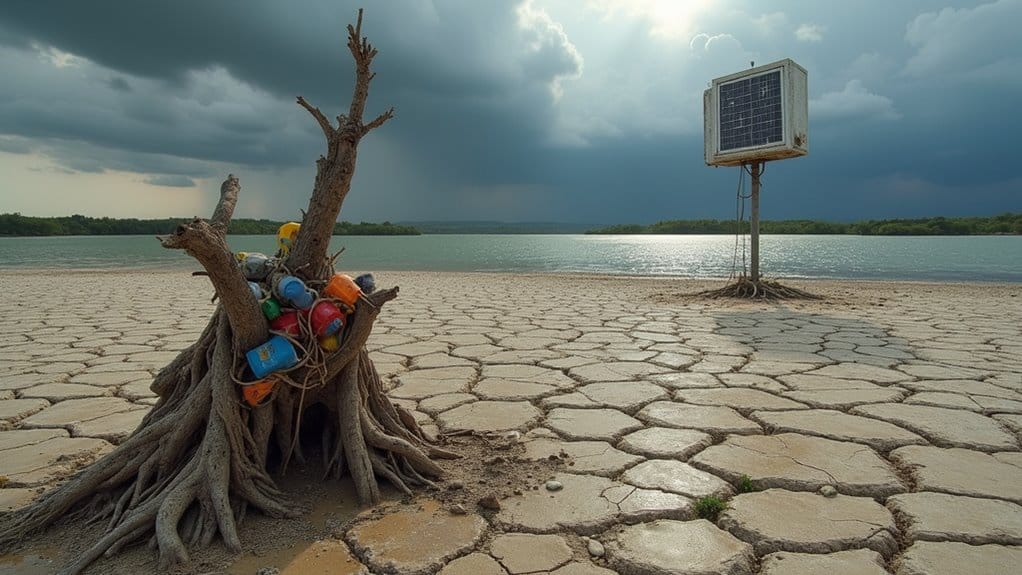How Environmentalists Underestimated Climate Risks: Unseen Factors That Challenge Popular Assumptions

How did environmental experts get it so wrong? When the IPCC formed in 1988, they thought they had a handle on this whole climate thing. They didn’t. Early assessments in the 1990s treated climate risks like static problems—as if nature follows a predictable script. News flash: it doesn’t.
Those first-generation environmentalists missed the boat on how social and economic factors amplify climate disasters. They were so busy measuring carbon that they forgot about humans. Poverty, inequality, and lousy governance turn a bad storm into a catastrophe. Seems obvious now, doesn’t it?
Climate scientists knew the physics but missed the sociology—where carbon meets catastrophe is always at society’s breaking points.
Risk assessments initially treated climate threats as isolated incidents. Ha! Try telling that to communities facing simultaneous wildfires, floods, and crop failures. The interconnections matter, people. Early models also conveniently ignored worst-case scenarios—because apparently imagining really bad outcomes was too depressing.
Governance of climate risks has been a mess. Different departments handle different pieces, like a jigsaw puzzle with missing parts. Some countries have legal mandates for risk assessment; others wing it. Great system.
Water quality problems, economic productivity losses, infrastructure damage—these risks flew under the radar for years. Early frameworks showed serious limitations by overlooking multiple stressors and spatial variability in ecosystems, as identified in the 2014 Sydney workshop. Even Guy Callendar’s groundbreaking 1938 discovery of global warming from carbon dioxide emissions was initially dismissed by the scientific community. Urban heat islands making cities unbearable? That wasn’t in the original climate playbook either.
The good news—if you can call it that—is that methodology has improved. Today’s approaches finally recognize that physical, economic, and social risks are connected. Revolutionary concept, right?
Institutional inertia has been a killer. Bureaucracies moved at glacial pace—ironically, faster than actual glaciers these days. Risk communication failed spectacularly too. Scientists knew things were bad but struggled to convey urgency without sounding alarmist.
The environmental movement is playing catch-up now. Modern frameworks integrate disaster management with climate adaptation. They’re finally acknowledging that climate isn’t just about polar bears and sea levels—it’s about society’s foundational systems collapsing under pressure. Better late than never. Barely.





